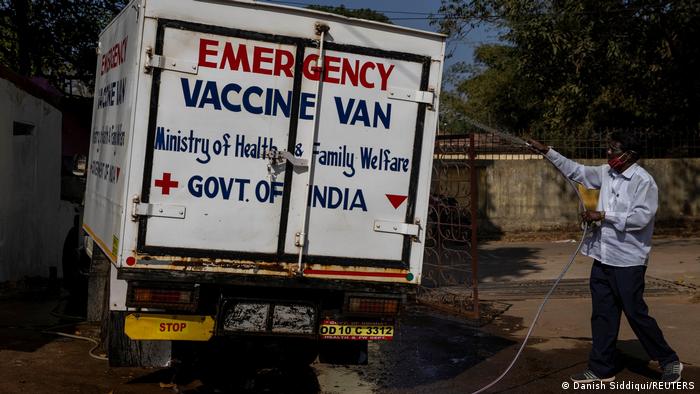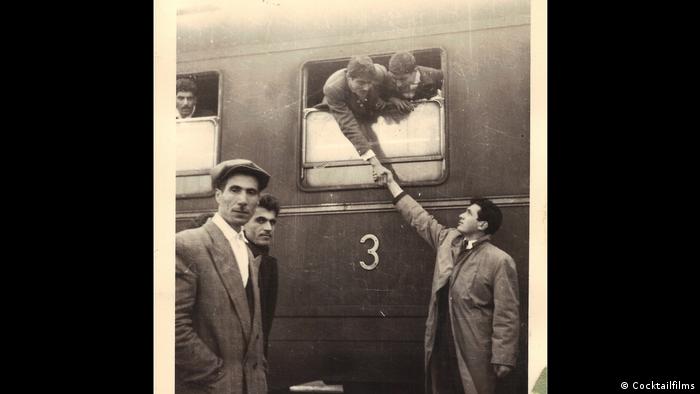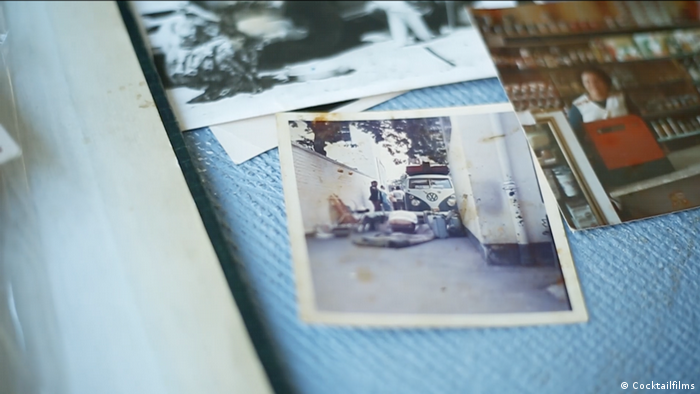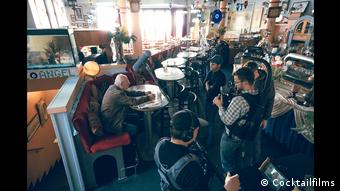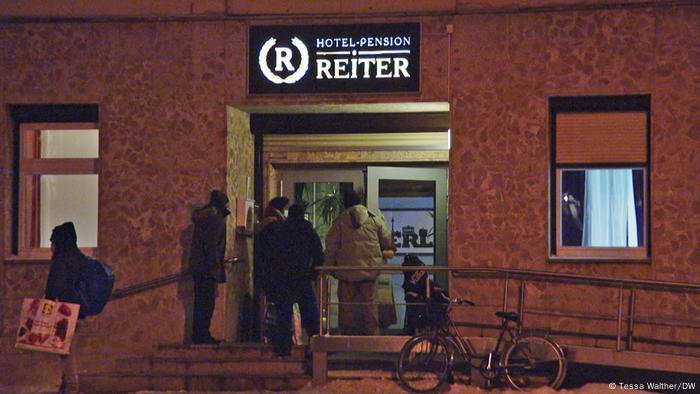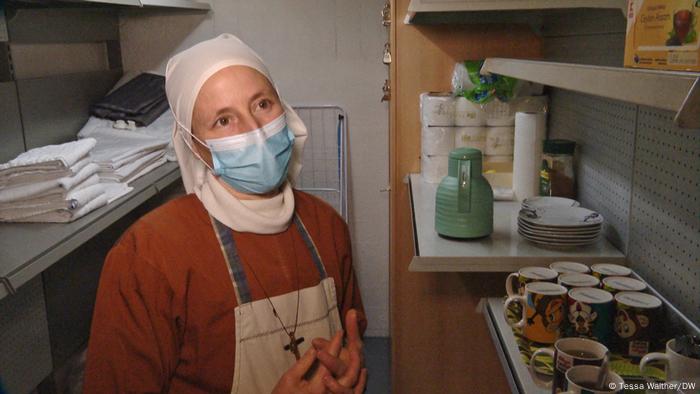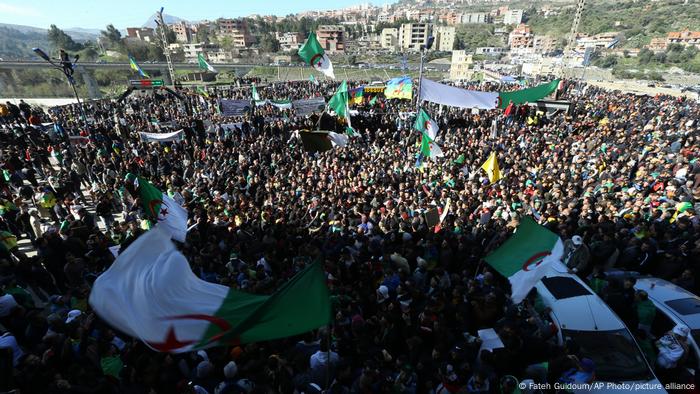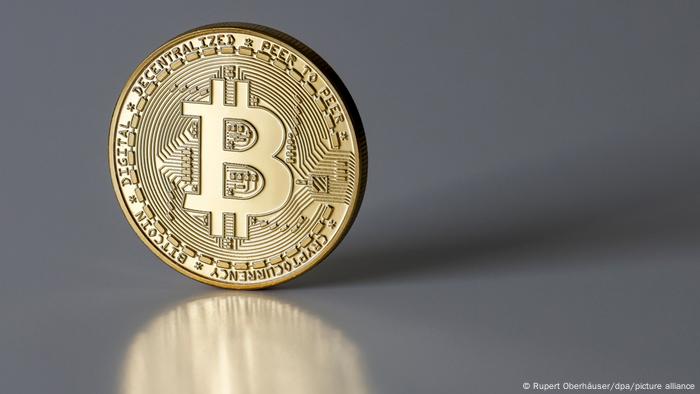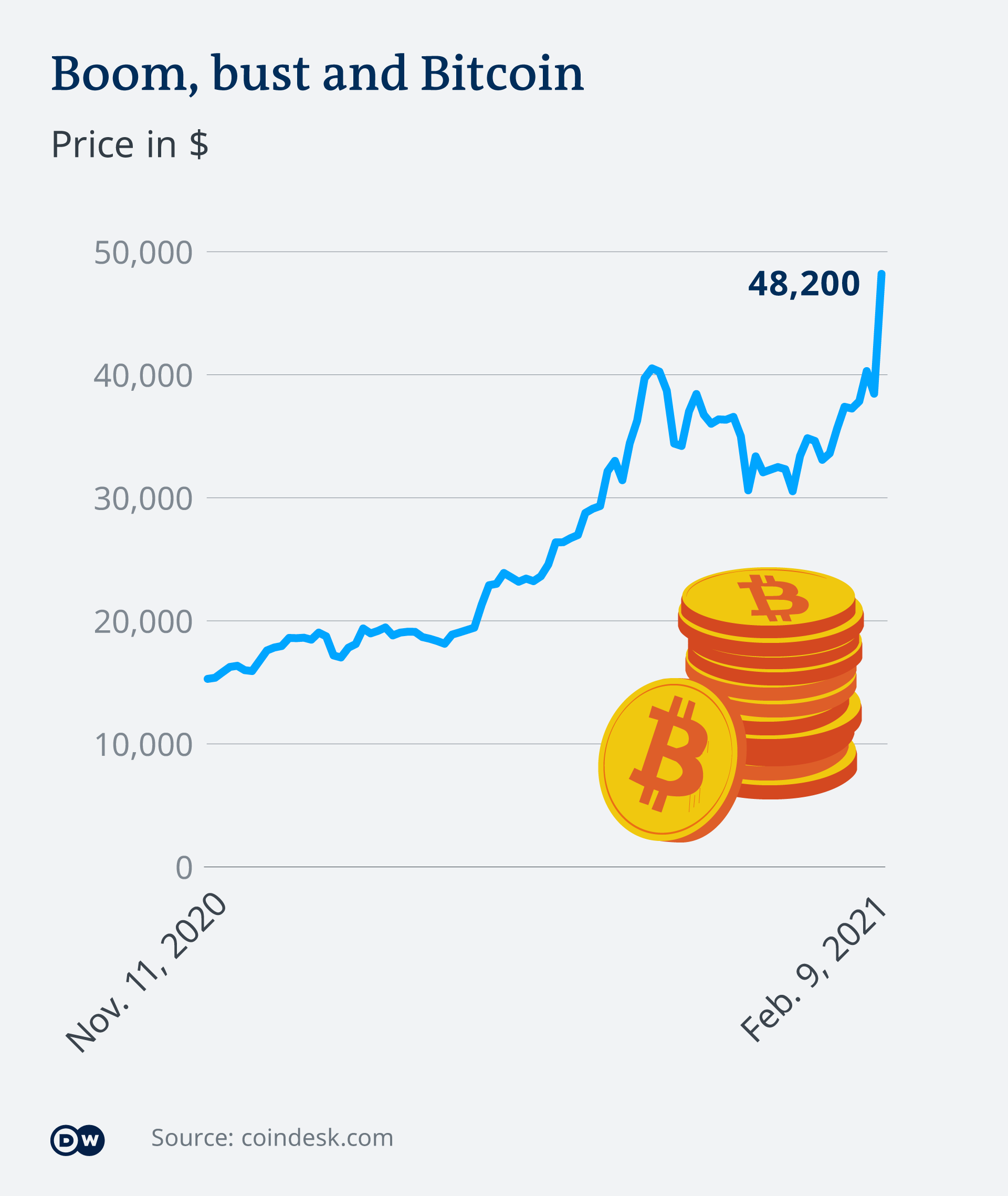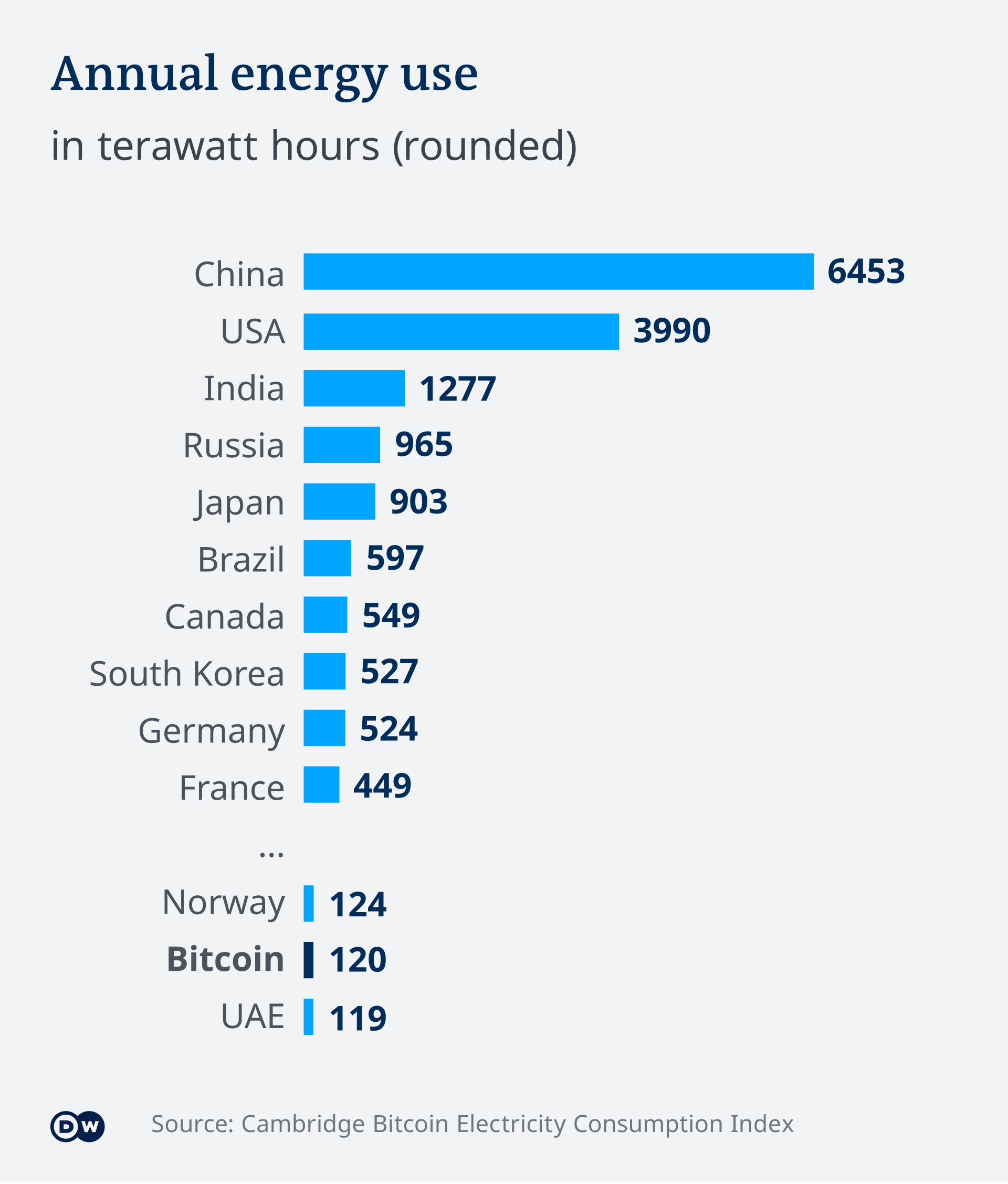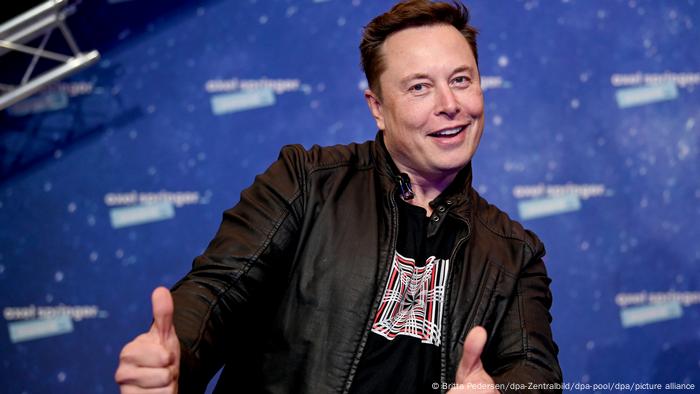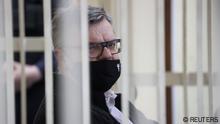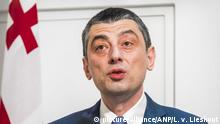The popular Balearic island is experiencing rising poverty that's even spreading to its wealthier quarters. The next holiday season is unlikely to heal the wound from the pandemic.
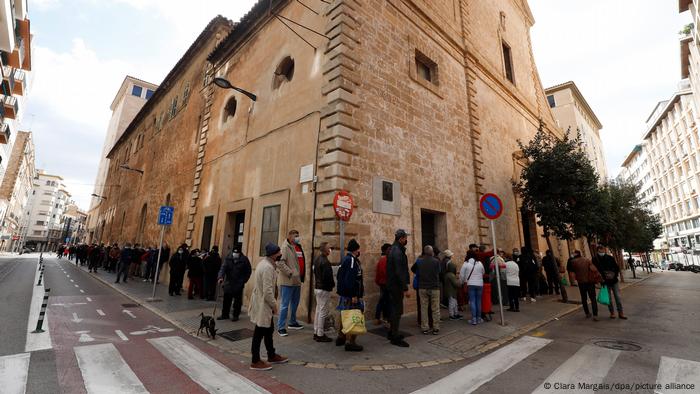
More and more Mallorcans are dependent on food donations from charities
Tom Mardorf considers himself to be among the wealthier and more privileged parts of the population in Mallorca. He owns two houses on the well-known holiday island where he has been living since 1996 as a part-time resident. The German businessman has been selling organic cosmetics and nutrition supplements.
Mardorf is officially registered as a citizen of Malta because that's where his main residency is. But the 58-year-old German says he feels drawn to Mallorca and comes to the Balearic island as often as he can. His visit last September though came as "a shock" to him, he told DW.
"The canceled summer season has left ugly wounds everywhere," he says, adding: "Poverty is rising rapidly."
Following the first wave of the coronavirus pandemic in spring 2020, Mallorca was the first Spanish tourism resort that had been allowed to reopen. But it was only a brief period that lasted for no longer than two months.
Amid rising infections in Spain over the summer, the four Balearic holiday islands were shuttered again and have remained in a permanent lockdown ever since. Mallorca is said to be suffering the most of all Spanish resorts from the collapse in tourist arrivals.
An estimated 75% of all income generated on the island is directly or indirectly linked to the travel industry, which has led to both rising living standards and higher costs of living for its residents. "Those downsides of mass tourism are now becoming brutally visible," says Mardorf.
Despite the current pandemic-induced hardships, the government of the Balearic Islands region is planning to extend the sweeping measures until March, insisting the "balancing act" is necessary to avert the risk of continuing the shutdown over the popular Easter holiday season.
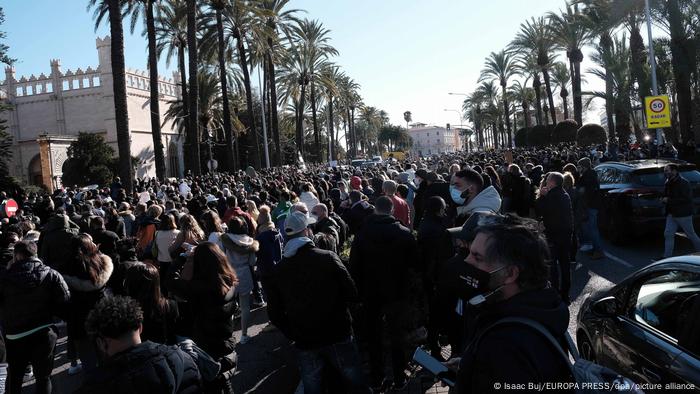
Mallorcans are increasingly venting their anger about lockdown measures including curfews
To make matters worse, both the national and the regional governments have announced that they want to spend the €140 billion ($169 billion) earmarked for Spain under the EU's pandemic rescue package for purposes other than tourism. The money is to flow into "future-oriented industries" Madrid says, and the regional government is prioritizing funding for universities, culture and agriculture.
Citizens' initiatives alleviate the plight
In view of the drama that's unfolding across Mallorca, Tom Mardorf feels his professional skills as a merchant and money manager are needed more than ever before. In collaboration with the Santa Ponsa Community Church, he has organized a food bank and a fundraising campaign. With the help of private donations that he and his team of 27 local helpers collect, they buy food to support about 70 families in Santa Ponsa.
Most of his fellow fundraisers are foreigners like him, and Mardorf fears that some of them could themselves become dependent on donations for their livelihoods if the pandemic endures.
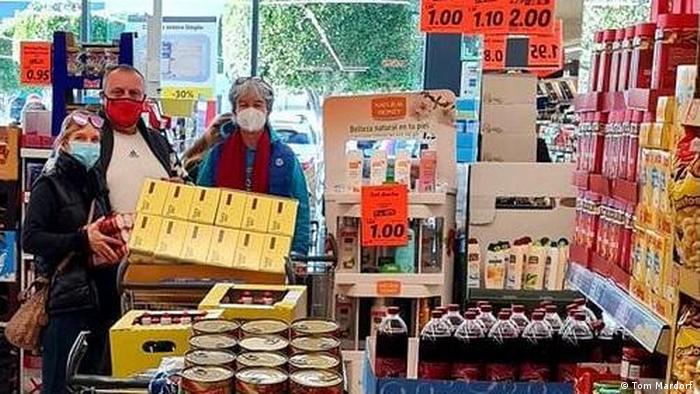
Tom Mardorf (center) together with his staff at the food pantry in Santa Ponsa
Former hotel worker Paul Cameron is one of those delivering food to the needy in Santa Ponsa. The 40-year-old British citizen says Mallorca's rising poverty doesn't show itself in higher numbers of beggars in the streets or squatters in empty hotels. Poverty comes on "sneaking feet," he says, affecting not only jobless restaurant and hotel workers, but increasingly architects and lawyers, too.
"We're seeing more and more people in Palma [de Mallorca] living in tents along streets," he told DW, adding that he, his wife and their three children barely make ends meet by living off their savings.
For Bart Mooji, a 55-year-old restaurant owner from the Netherlands, the financial squeeze from the lockdown is also becoming more dramatic by the day. He's already amassed €23,000 in debt to cover running costs and says the Spanish government's aid is too slow in coming. "I've received roughly €2,000 in direct aid so far. The situation is really dramatic."
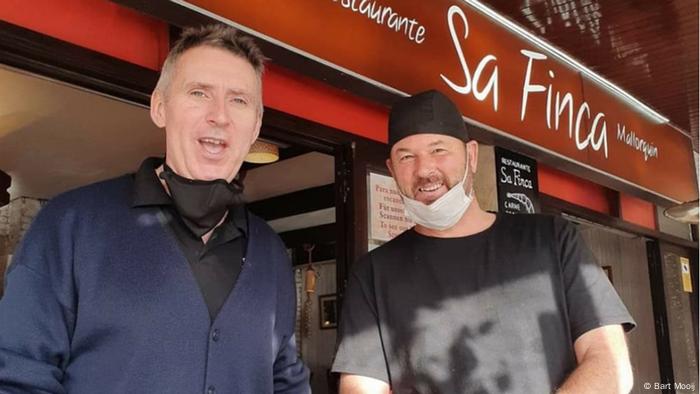
Restaurant owner Bart Mooij (left) is just one of many who don't know if their business will survive the pandemic
The fateful dependency on mass tourism
As most Mallorcans blame the regional government in Palma for their hardship, the problem of the holiday island's lopsided economic development goes much deeper, and for a good part way back into the past.
In the 1970s, former Spanish dictator Francisco Franco attempted to turn Mallorca into a primary holiday destination for people from wealthier and more industrialized nations in northern Europe. The concept of mass tourism was born, fostering Mallorca's long-held image as a place of unbridled revelry and excessive fun in the sun.
The destination became a money-spinner, also making many Mallorcans richer. In the 1980s and 1990s, more and more foreigners were drawn to the treasure island, trying to scoop up some of the new-found wealth as hotel and restaurant owners, physicians, lawyers and real estate brokers.
After Spain's entry into the European Union in 1986, Brussels fueled the boom by funding road projects and bridges as well as high-speed train connections and airports.
But now, after Britain's decision to leave the EU and the collapse of travel company Thomas Cook in 2019, Mallorca's fortunes appear to be turning, and the boom seems to be ending. The global coronavirus pandemic is likely to finish off the island's mass tourism model forever.
In the small town of Santa Ponsa, situated close to rich tourist hubs in the southwest of the island, poverty isn't directly perceptible in the streets. The province of Calvia, in which it lies, is home to many large hotels with around 60,000 tourist beds. And yet, some 1,500 households in the province rely solely on welfare benefits at the moment, says Mardorf.

The number of food packages delivered by the Santa Ponsa outlet has been growing steadily
The majority of the province's wealthier inhabitants are foreigners, including many Brits, Scandinavians, Germans and Americans. Living in their luxury condos and holiday rentals, he argues, they hardly take notice of the plight of the local population. It's like a parallel world, he finds, in which hardly anyone speaks Spanish or tries to integrate into society.
How to profit from a pandemic
Hardly surprising, the coronavirus pandemic is also offering rich pickings for some people living in Mallorca. Real estate agents are presently riding the wave of virus-caused foreclosures and bankruptcies, brokering lucrative deals for investors who are bargain-hunting for cheaper offerings especially in the lower and middle segment of the market, where prices have been falling.
By contrast, the market for luxury real estate has remained stable despite the crisis, showing that demand for premium estates on the island is far from abating.
But renting a luxury villa has never been cheaper because operators don't want to let their first-class homes stand idle even during the lockdown. Fabian Dudek, the founder of Berlin-based startup Glassdollar, used the opportunity in Mallorca last fall, when he moved parts of his company to the island. The lockdown is "easier to sustain close to the beach," he says, and the rent he pays for his finca in Deia is "really affordable."
For food bank helper Paul Cameron, there's little consolation in all of this. About 35% of those lining up for food at the Santa Ponsa distribution outlet every day do this for the first time in their lives, he says. "They're having enormous fear and uncertainty about the future." He would return to Britain only in case of an emergency, he says, because Mallorca is "actually a safe place to raise your children without drugs and social conflict."
Leaving Mallorca isn't an option either for Bart Mooji, the Dutch restaurant owner. He has invested in his business and wants to raise his children here, he says. But at the same time he believes the crisis is "definitely changing" the holiday island.
AUDIOS AND VIDEOS ON THE TOPIC
Spain: Poverty in Mallorca
